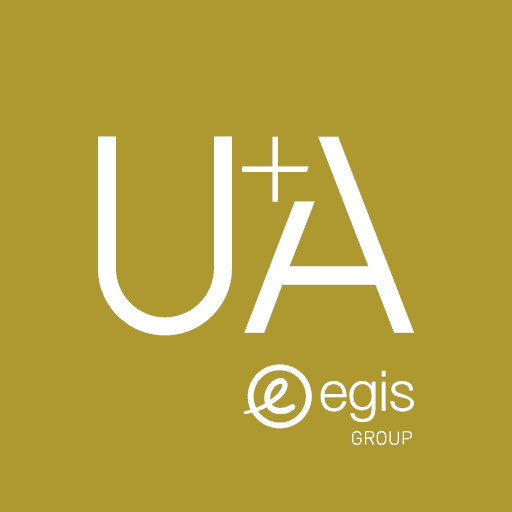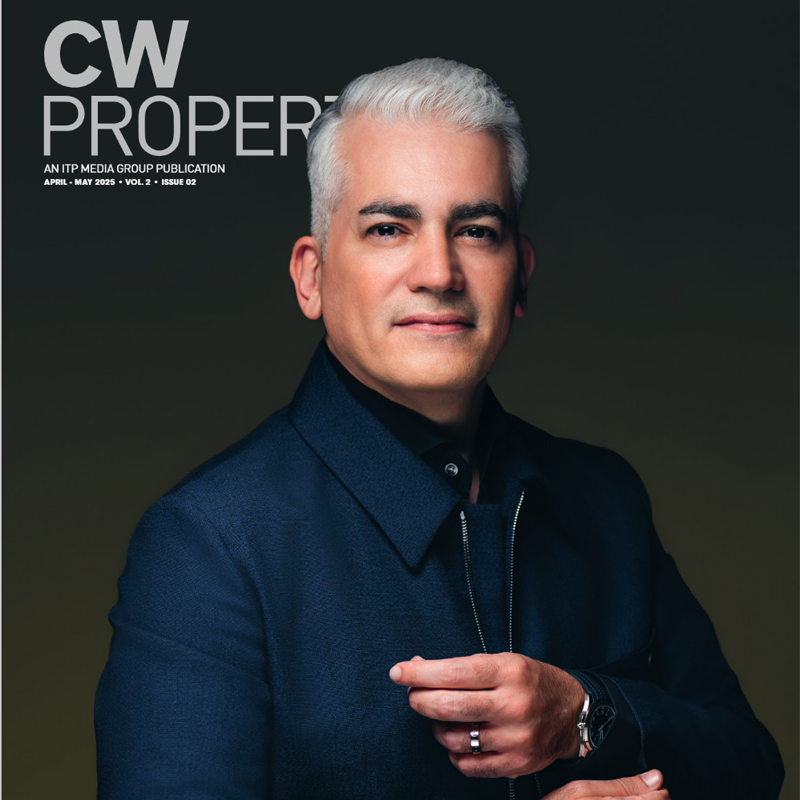Article Prepared By Shehzin Shaikh
CW Property
Pedram Rad, Regional Director, Architecture Line, Middle East and South Asia, Egis and Managing Director, U+A shares his vision for a human-centric Dubai, focusing on walkability, sustainability, and community-driven design as outlined in the 2040 Master Plan.
For 25 years, Pedram Rad has been at the forefront of shaping Dubai’s architectural landscape. But ask him to define the most pivotal moment in his career, and his answer isn’t a singular project or competition. Instead, it was a shift in perspective—one that transformed his approach to design.“Architecture is ultimately about people, not just buildings,” he reflects. From the early days of being captivated by form and aesthetics to embracing the more profound impact of architecture on human behaviour and well-being, Rad’s journey has been one of evolution. As Regional Director, Architecture Line, Middle East and South Asia, Egis and Managing Director, U+A, his philosophy is clear: the best spaces aren’t just visually appealing; they enhance life, foster connections, and stand the test of time.
Shaping the architectural landscape
Over the years, Rad has led and contributed to some of the UAE’s most transformative architectural projects—developments that not only define the skyline but also enhance the human experience within them. His portfolio includes landmark projects such as the Emirates Towers Expansion, Dubai Towers, Arabian Ranches, Dubai Hills, Jumeirah Burj Al Arab, City Walk 4, and Expo Valley—each distinguished by its bold design, innovation, and impact on the city’s evolving urban fabric.
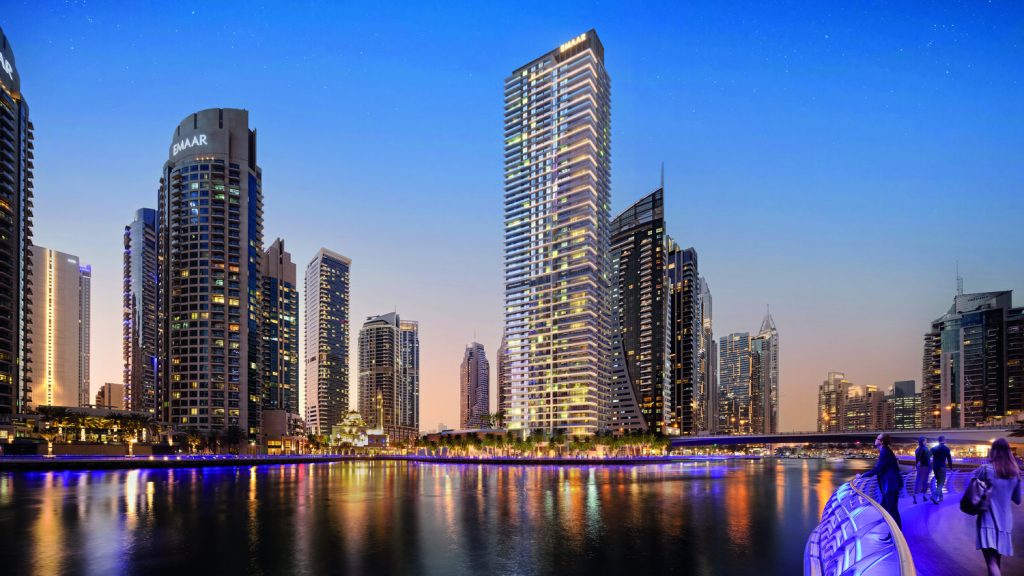
For instance, Emirates Towers Expansion was a mixed-use tower that seamlessly integrated residential, hospitality, commercial, and public spaces, setting new benchmarks for modern living.
Meanwhile, the Expo Valley project is revolutionising luxury living by combining cultural heritage with modern aesthetics. The project prioritises experiential spaces and seamless indoor-outdoor connections, making it an appealing community for residents.
A signature approach
In a city that constantly redefines architectural boundaries, Rad’s design philosophy stands out through its deep respect for context, commitment to innovation, and focus on human-centric spaces. “Design must be visionary yet rooted in context. It’s about striking a balance between tradition and modernity while ensuring spaces remain functional, engaging, and future-proof,” he explains.
His approach begins with contextual sensitivity, ensuring that architecture responds to its surroundings. Whether through material choices, spatial planning, or sustainability strategies, his designs seamlessly integrate the UAE’s rich heritage with contemporary aesthetics.
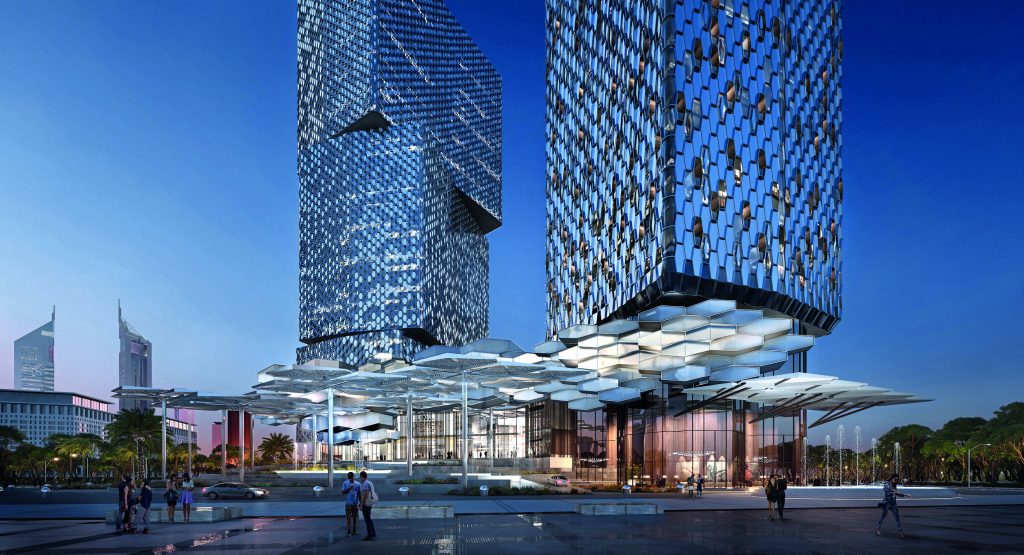
Innovation is another driving force behind his work, leveraging cutting-edge technology, parametric design and smart systems to create developments that prioritise environmental and economic sustainability. At the core of his practice, however, is people. Beyond aesthetics, Rad’s projects focus on enhancing everyday experiences, and encouraging social interaction.
Whether it’s a high-rise, a cultural landmark, or a mixed-use development, his goal is to craft immersive, adaptable spaces that enrich urban life.“Architecture isn’t just about aesthetics—it’s about impact,” says Rad. “Sometimes, it’s about balancing vision with feasibility, ensuring a project delivers both architectural integrity and return on investment. Other times, it’s about crafting a narrative—creating spaces that evoke emotion and leave a lasting impression.”Whether shaping large-scale projects for Emaar and DHRE or designing hospitality and civic landmarks, Rad sees architecture as a dynamic discipline—one where adaptability, problem-solving, and storytelling come together to define success.
Balancing business and design
For Rad, great architecture isn’t just about making a bold statement—it’s about creating spaces that endure, add value, and enhance human experience. “Some of the boldest design decisions I’ve made were about pushing back against purely cost-driven approaches, ensuring that projects prioritise both commercial success and architectural integrity,” he shares. As the man in charge, he has also challenged conventional design briefs, rethought spatial efficiency, and redefined what’s possible in the UAE’s fast-evolving skyline. While some of these choices sparked resistance at first, they ultimately proved their worth—delivering spaces that not only work but leave a lasting impact.
Designing for people, not trends
“I’ve never been a fan of trends. They may fade, but timeless design endures,” says Rad. “In a city like Dubai, known for pushing the boundaries in design, many projects embrace cutting-edge technology and bold visual statements. However, I believe the most impactful ones go beyond trends—they focus on creating spaces that resonate with people and stand the test of time.” Rad points to the growing emphasis on human-centric, sustainable design in Dubai’s architectural landscape, a shift he finds particularly remarkable.

“The future of architecture isn’t about creating something flashy for today; it’s about designing environments that are meaningful and adaptable to human needs, creating lasting connections between people and their spaces.” Echoing Tadao Ando’s sentiment that “space only becomes meaningful when it is animated by human emotions,” Rad’s approach to architecture focuses on integrating culture, nature, and functionality in ways that endure, making architecture not just a visual statement, but a lasting experience for all who inhabit it.
More than buildings
As Dubai continues to evolve, the future of real estate won’t just be about building impressive structures—it will be about shaping experiences.“The next major frontier in architecture and real estate development isn’t just about aesthetics or functionality,” says Rad. “It’s about creating vibrant, experience-driven communities where work, leisure, and daily life seamlessly connect.”
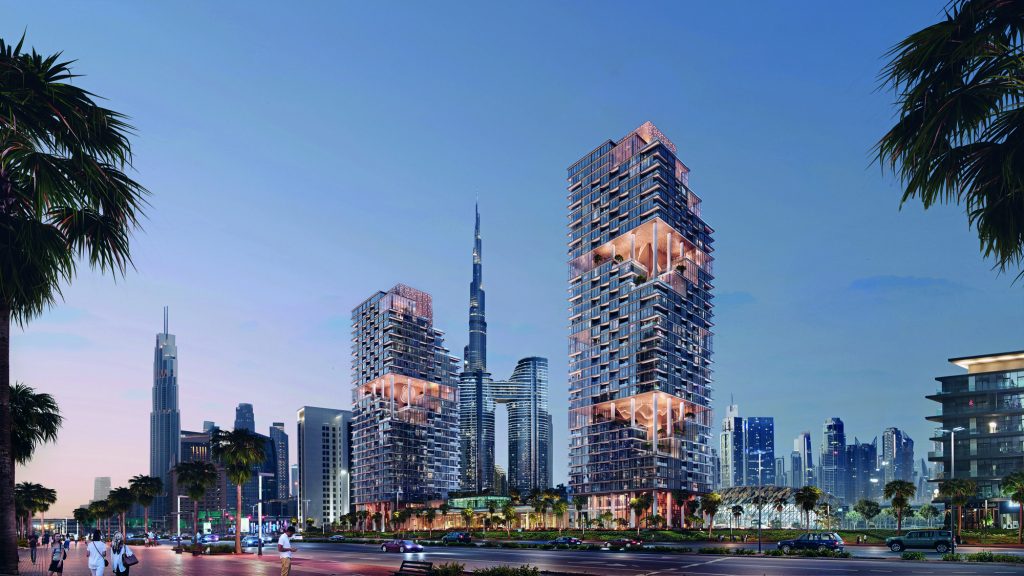
Rad believes that the UAE’s real estate sector will remain a key economic driver, but the real transformation will come from shifting toward architecturally led developments. “It’s not just about property investment anymore; it’s about crafting spaces that enhance lifestyle and community,” he explains. “Master planning, cultural integration, and human-centred design will redefine the way we experience urban living.”With The 2040 Urban Master Plan prioritising well-connected areas, integrated communities, and innovative common spaces that foster a sense of belonging, Rad sees the city’s next transformation as one focused on depth rather than scale.“The future isn’t about the tallest or biggest buildings—it’s about liveability, accessibility, and a real sense of belonging,” he says. “When architecture prioritises people, it has the power to elevate everyday life.”
Build with purpose
For young architects entering the market, the opportunities are endless—but true success isn’t just about chasing trends or building the next tallest tower. “Dubai is not just about iconic towers and ambitious projects—it is a place where tradition and innovation coexist,” says Rad. “The values and vision that the UAE has cultivated over decades must be embraced and reflected in architecture.”
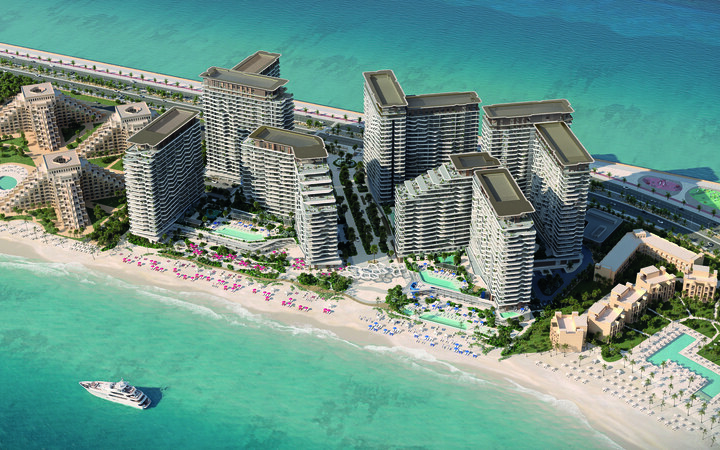
For Rad, architecture isn’t about following trends or chasing aesthetics. “It’s about creating spaces that respect the past, serve the present, and shape the future.” He believes true success in architecture isn’t measured by scale alone. “It’s measured by impact, relevance, and how well a space connects with those who use it. Understand people, the environment, and the way communities interact,” he advises.
Looking into the future
Dubai’s skyline is already a spectacle, but for Rad, the city’s next defining landmark shouldn’t be another towering structure—it should be something people can experience every day.“If I had complete creative freedom, I wouldn’t focus on adding another tower to the skyline—I would stay on the ground and ensure every single area is well-connected,” he explains.Inspired by His Highness Sheikh Mohammed bin Rashid Al Maktoum’s vision in the Dubai 2040 Urban Master Plan, Rad believes the future of the city lies in walkability, integration, and human-centred design. “Instead of designing just a landmark, I would focus on creating a network of interconnected public spaces—places that foster interaction, encourage movement, and bring people closer to nature,” he shares.Having been deeply involved in Dubai’s architectural evolution since the early 2000s, Rad has had a front-row seat to the city’s dramatic transformation. “I’ve had the privilege of contributing to major master developments, from Dubai Marina to Palm Jumeirah and Maritime City,” he shares. His role in high-profile projects such as Dubai Hills, Creek Harbour, and Expo City, which total over $7.5 billion in investments, has given him a profound understanding of how architecture shapes communities.Looking ahead, Rad believes the next big shift in real estate will be about people, not just buildings. “The future of architecture here will focus on creating people-centred communities that foster well-being, connectivity, and a real sense of belonging,” he explains. He sees a stronger integration of flexible living spaces, walkable urban environments, and mixed-use developments where lifestyle takes precedence over luxury. “It’s not just about creating spaces that are functional and sustainable, it’s about designing experiences that bring people closer to each other and their surroundings,” Rad adds.

